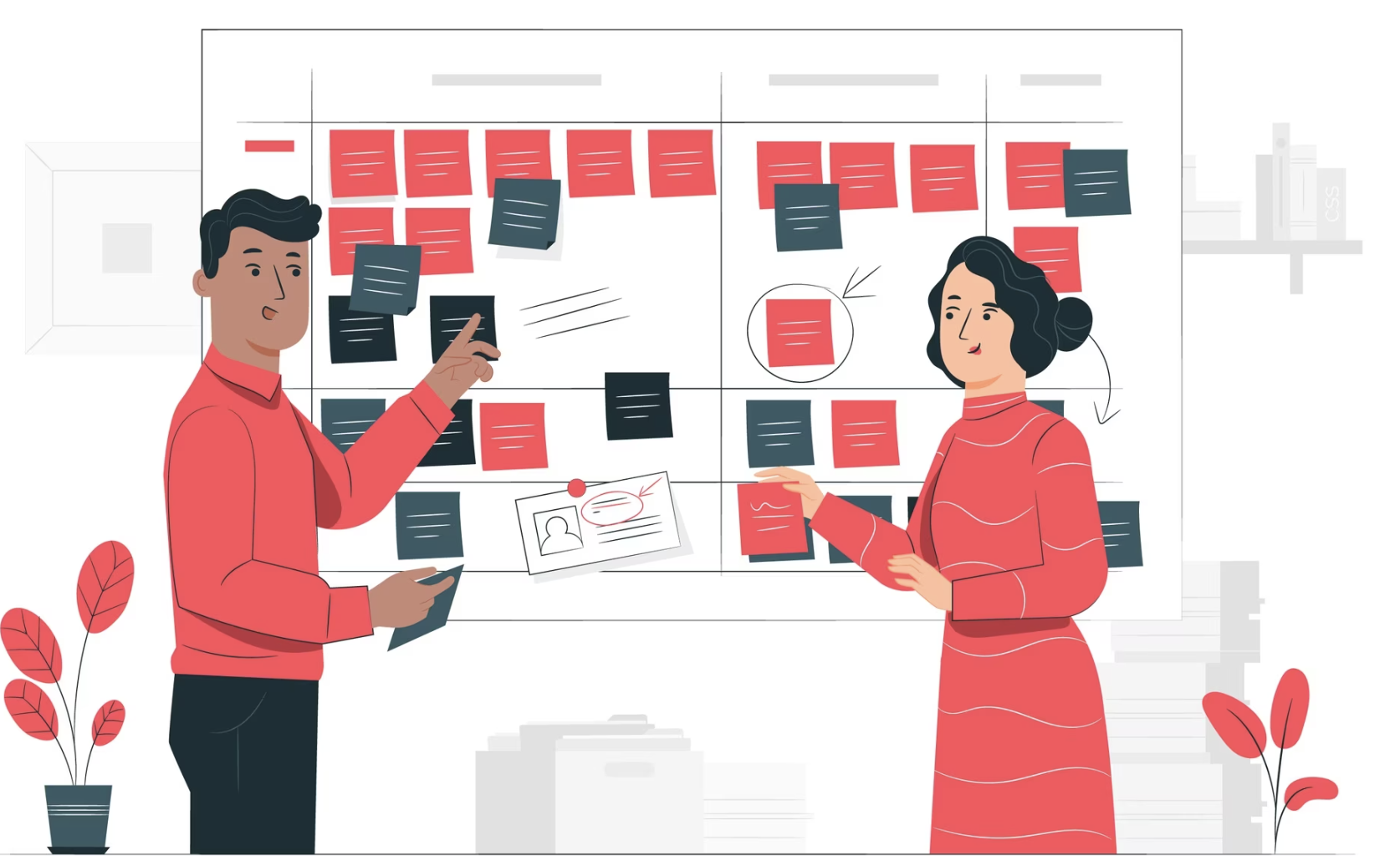Understanding Card Sorting Test
What is card sorting?
Card sorting is a valuable user research technique used to understand how individuals organize information mentally. By leveraging card sorting, analysts can gain valuable insights into how users perceive relationships between concepts and how they expect information to be organized. These insights, in turn, inform the design and structure of websites, applications, and other information systems, leading to enhanced usability and an improved user experience.
Card sorting can be conducted using physical cards, where participants physically manipulate and group the cards, or it can be done digitally using online platforms like Qatalyst. The technique allows researchers to gain insights into users' mental models, understand their organizational preferences, and inform the design and structure of information architecture, navigation systems, menus, and labelling within a product or website.

Why do we use Card Sorting?
Card sorting is a valuable technique in UX research for several reasons:
- Understand how users think: Card sorting helps us understand how users naturally organize and categorize information in their minds. This insight helps us design interfaces that match their mental models, making it easier for them to find what they're looking for.
- User-friendly design: By involving users in organizing information, we ensure our designs are user-friendly and intuitive. Card sorting helps us create interfaces that feel familiar and make sense to users, resulting in a better user experience.
- Find common patterns: Card sorting helps us identify common patterns and groupings in how users categorize items. This knowledge guides us in organizing information in a way that makes sense to the majority of users.
- Improve findability: Effective information organization improves how easily users can find what they're looking for. Card sorting helps us identify logical groupings and labelling conventions that enhance the findability of content.
Types of Card Sorting?
There are three main types of card sorting:
- Open card sorting: Users are given a set of cards with labels on them and asked to sort them into groups that make sense to them. The researcher does not provide any guidance on how to sort the cards.
- Closed card sorting: Users are given a set of cards with labels on them and asked to sort the cards into pre-determined categories. The researcher provides a list of categories to choose from.
- Hybrid card sorting: This is a combination of open and closed card sorting. Users are given a set of cards with labels on them and asked to sort the cards into pre-determined categories. They are also allowed to create their own categories if they do not see any that fit their needs.
How to conduct Card Sorting?
1. Choose the correct type of card sorting. There are three main types of card sorting; choose the methods you want to choose.
| Type | When to use it |
| Open card sorting | When you want to understand how users naturally group information. |
| Closed card sorting | When you already have a good idea of what your categories should be. |
| Hybrid card sorting | When you want to get feedback on both your initial ideas and how users naturally group information. |
2. Prepare the cards. The cards should be clear and concise, and they should represent the information that you want users to sort. Use index cards, sticky notes, or a digital card sorting tool like Qatalyst.
3. Recruit participants. You should recruit participants who are representative of your target audience.
4. Conduct the card sort. You can conduct the card sorting in person or online. If you conduct the card sorting in person, you must provide a quiet space and a comfortable place for participants to work. If you are conducting the card sorting online, you will need to use a digital card sorting tool.
5. Analyze the results. Once you have collected the results of the card sort, you will need to analyze them. You can use various methods to analyze the results, such as frequency analysis and category analysis.
6. Use the results to improve your information architecture. Once you have analyzed the results of the card sort, you can use them to improve your information architecture. You can use the results to identify the most essential categories for users, determine the best way to label categories and validate or invalidate initial assumptions about information architecture.
Best Practices
- Choose the correct type of card sorting for your needs. As mentioned earlier, there are three main types of card sorting: open, closed, and hybrid. The type of card sorting you choose will depend on your specific needs and goals.
- Use clear and concise labels on the cards. The labels on the cards should be clear and concise, and they should represent the information that you want users to sort. Avoid using jargon or technical terms that users may not understand.
- Have a clear goal for the study. What do you want to learn from the card sort? Once you know your goal, you can tailor the study to collect the necessary data.
- Collect enough data from enough participants. The number of participants you need will depend on the complexity of your information architecture. However, as a general rule of thumb, you should aim to collect data from at least 15 participants.
- Be patient and let participants think aloud. This will help you to understand why they are making the decisions they are making. Ask them to explain their thought process as they are sorting the cards.
